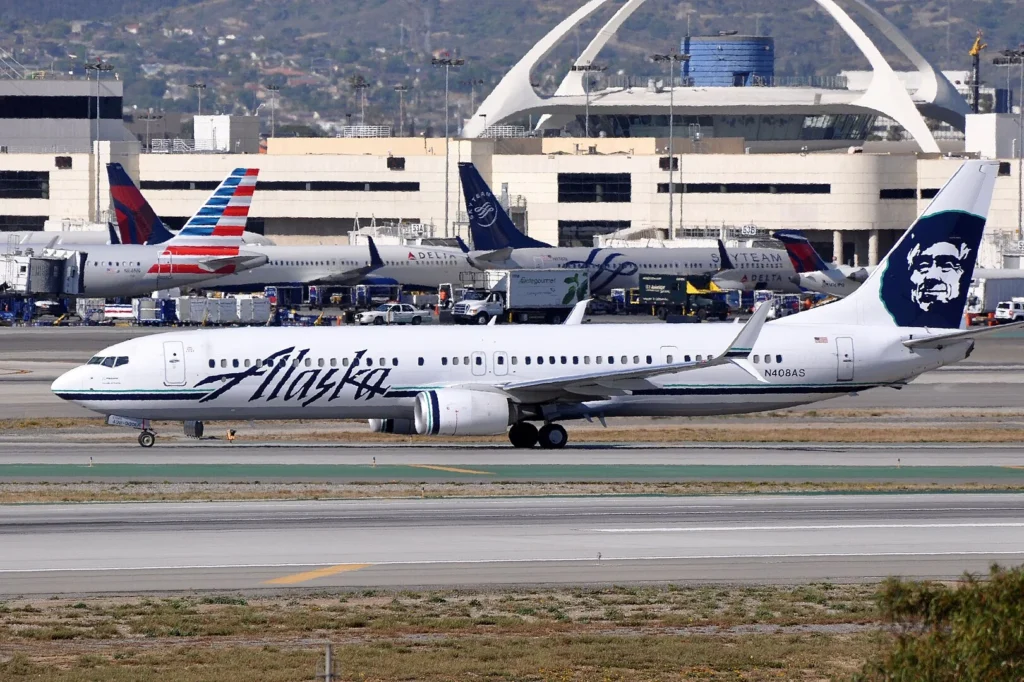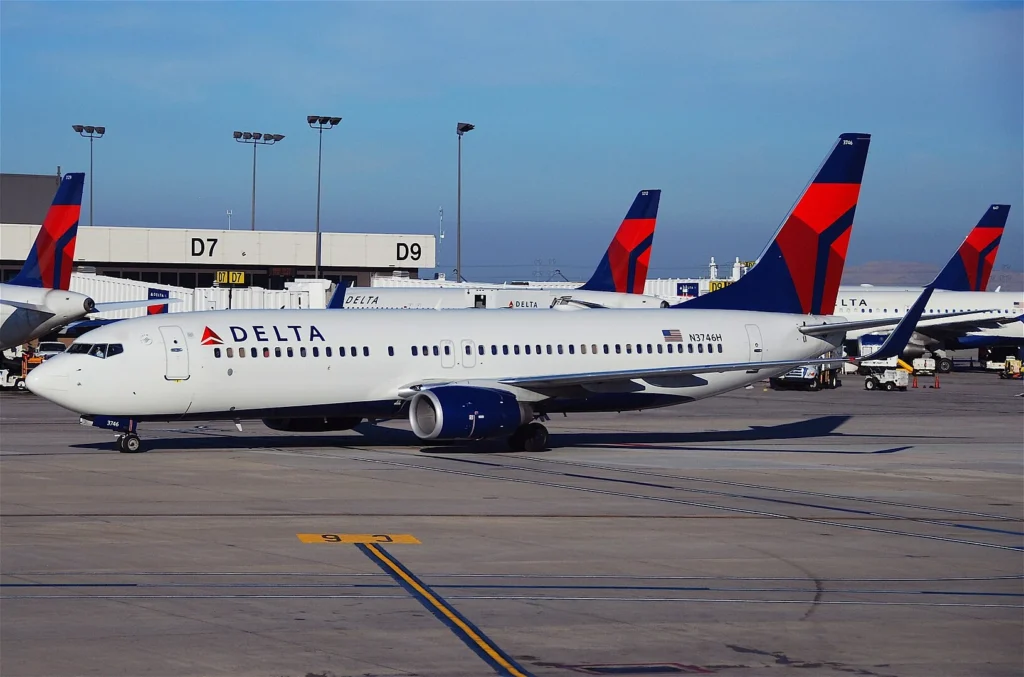
SEATTLE- An Alaska Airlines (AS) flight bound for Kahului, Hawaii (OGG), was forced to return to Seattle-Tacoma International Airport (SEA) following a mid-air pressurization emergency.
Flight AS825, operated by a Boeing 737-900, was en route to Kahului when it experienced a loss of cabin pressure roughly 220 nautical miles southwest of Seattle at 34,000 feet. The aircraft made an emergency descent and safely landed back at SEA about 90 minutes after takeoff.
 Photo: By Eric Salard – N408AS LAX, CC BY-SA 2.0, https://commons.wikimedia.org/w/index.php?curid=43543100
Photo: By Eric Salard – N408AS LAX, CC BY-SA 2.0, https://commons.wikimedia.org/w/index.php?curid=43543100Alaska Airlines Makes U-Turn to Seattle
On June 3, 2025, Alaska Airlines Flight AS825 departed Seattle-Tacoma International Airport (SEA) for Kahului International Airport (OGG), flagged by Aviation Herald.
The flight was operated by a Boeing 737-900, tail number N462AS. While cruising over the Pacific Ocean, the flight crew initiated an emergency descent from FL340 to 9,000 feet due to a pressurization malfunction.
The flight diverted back to SEA and landed without incident on Runway 34R.
The Federal Aviation Administration (FAA) confirmed that the crew reported a cabin pressurization issue and returned safely around 11:00 a.m. local time. The agency has launched a formal investigation into the incident.
A replacement aircraft, also a Boeing 737-900 (registration N468AS), resumed the journey to Hawaii and landed at Kahului approximately six hours behind schedule.
 Photo: By Aero Icarus from Zürich, Switzerland – Delta Air Lines Boeing 737-800; N3746H@SLC;09.10.2011/621ai, CC BY-SA 2.0, https://commons.wikimedia.org/w/index.php?curid=26713097
Photo: By Aero Icarus from Zürich, Switzerland – Delta Air Lines Boeing 737-800; N3746H@SLC;09.10.2011/621ai, CC BY-SA 2.0, https://commons.wikimedia.org/w/index.php?curid=26713097Similar Incident
In a related incident earlier this year, Delta Air Lines (DL) experienced a pressurization emergency on Flight DL576.
The aircraft, a Boeing 737-800 (registration N399DA), departed from Mexico City International Airport (MEX) bound for Atlanta (ATL) on April 7, 2025. Shortly after takeoff, the aircraft failed to climb beyond 10,000 feet due to pressurization problems.
Complicating matters, miscommunication arose between the Delta flight crew and Mexico City ATC.
The pilots declared an emergency but also indicated they were not immediately returning to the airport. Their request for vectors to avoid terrain while completing checklists was confusing, especially given the high elevation of MEX (7,300 feet) and the mountainous surrounding terrain.
Key Factors Behind Pressurization Emergencies
- Terminology Misuse: Use of non-standard emergency phrases can delay ATC response.
- Altitude Limitations: High-elevation airports reduce vertical safety margins during emergencies.
- Incomplete Communication: Failing to clearly articulate flight intentions under stress can create avoidable misunderstandings.
- Checklist Protocols: Flight crews often need time and space to complete troubleshooting procedures before executing a return.
Both incidents underscore the critical need for clear, standardized communication and highlight how environmental and technical constraints can quickly escalate emergencies.
Stay tuned with us. Further, follow us on social media for the latest updates.
Join us on Telegram Group for the Latest Aviation Updates. Subsequently, follow us on Google News
United Airlines Paris to Washington Flight Experienced False Depressurization Warning
The post Alaska Airlines Hawaii-Bound Flight Makes U-Turn to Seattle appeared first on Aviation A2Z.
















